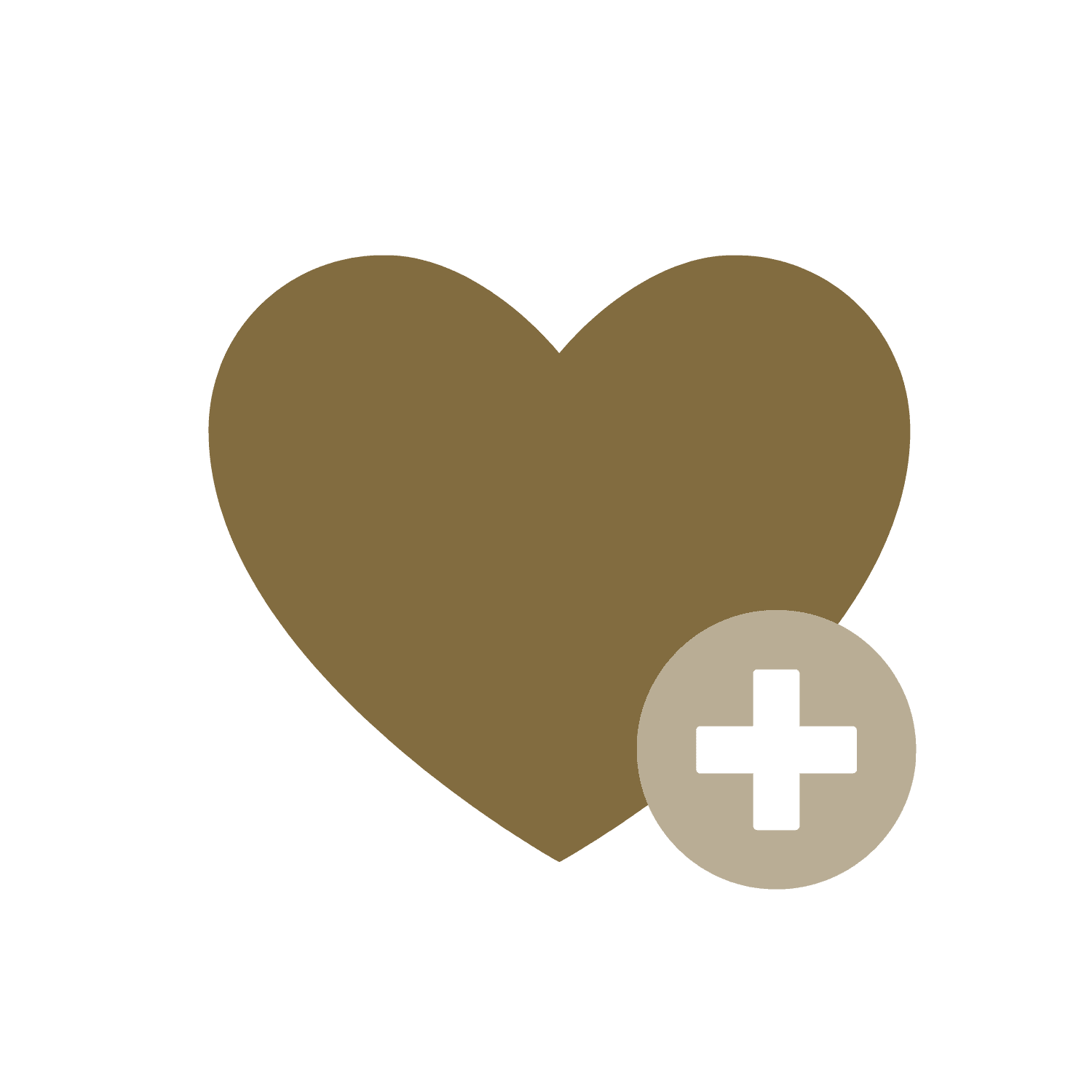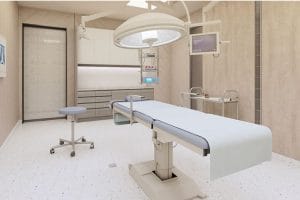Many people say that pregnancy is the most beautiful moment for a woman, but is this really the case when it comes to stretch marks that won’t fade?
An expectant mother in Taiwan watched her belly gradually become covered with stretch marks, which made her sigh, "When a woman is willing to help you give birth, you should snicker."
Faced with many physical changes, do you also want to go back to the past?
Cause of stretch marks: Breakdown of collagen and elastin in the dermis leads to "scar formation reaction"
After pregnancy and menopause, reduced estrogen levels slow down collagen production, causing skin wrinkles. When you gain weight, whether it's during puberty, hormone fluctuations, pregnancy, or rapid muscle growth from exercise – skin stretches. The slower it stretches, the easier it is to keep up with the collagen production needed for structural support. If swelling occurs quickly, these dermal collagen fibers can break down – making stretch marks visible in the thinner upper layers of skin.
Why do some women get stretch marks and some don't?
Not every pregnant mother will have stretch marks. Clinically, it may be due to the excessive expansion of the belly during pregnancy, which may lead to rupture of the skin connective tissue; or the pregnant mother's own body type is prone to stretch marks, or it may be a natural condition. Defects in skin structure are closely related to genetics.
Further reading:Mommy Makeover
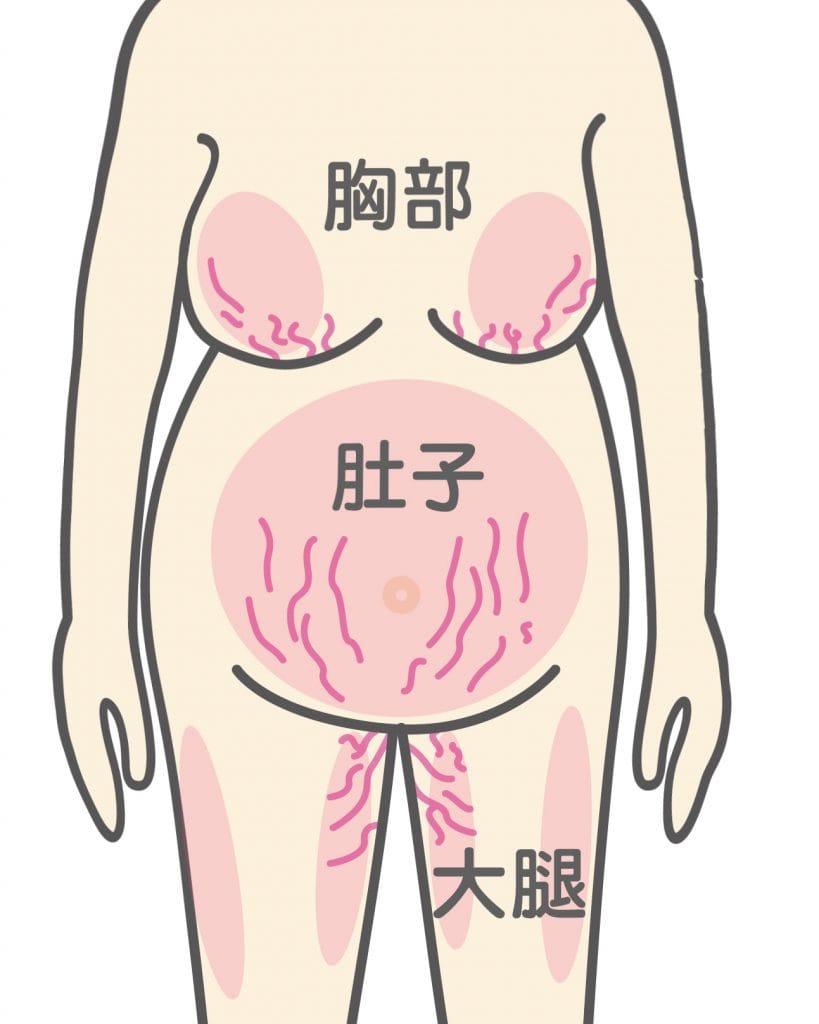
The change process of stretch marks: red lines to white lines
When stretch marks first appear on the skin, the skin will appear red or purplish. When the skin fibers are broken, blood vessels proliferate, making the thin skin visible. Over time after the baby is born, these marks will gradually turn into white or gray scars.
Athena Postpartum Repair
Let you say goodbye Bag belly, regain female body
▌Real cases
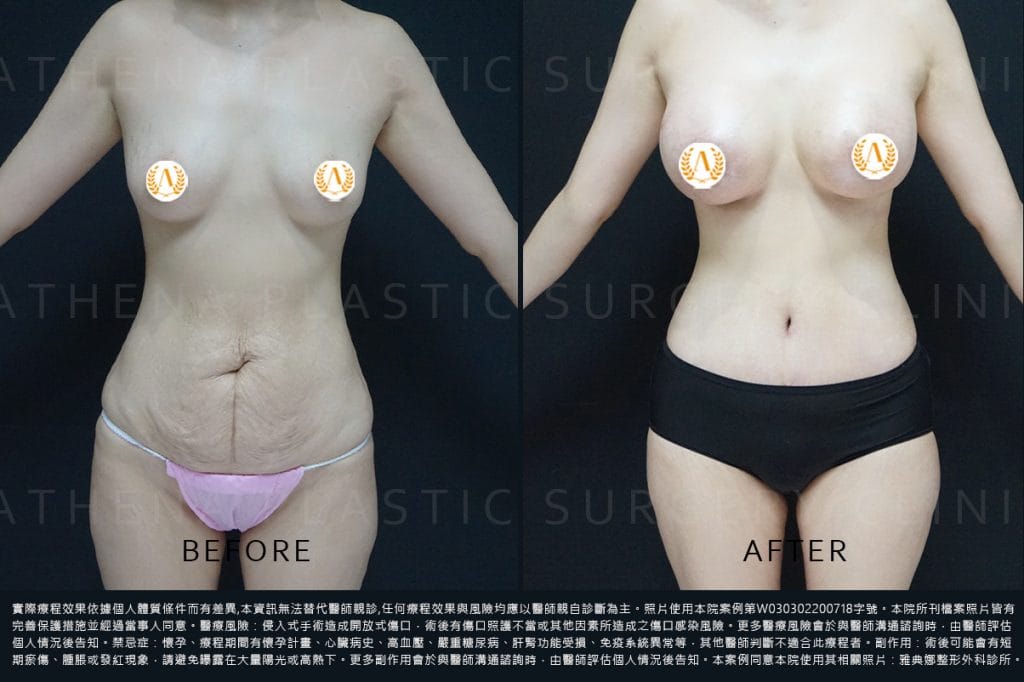
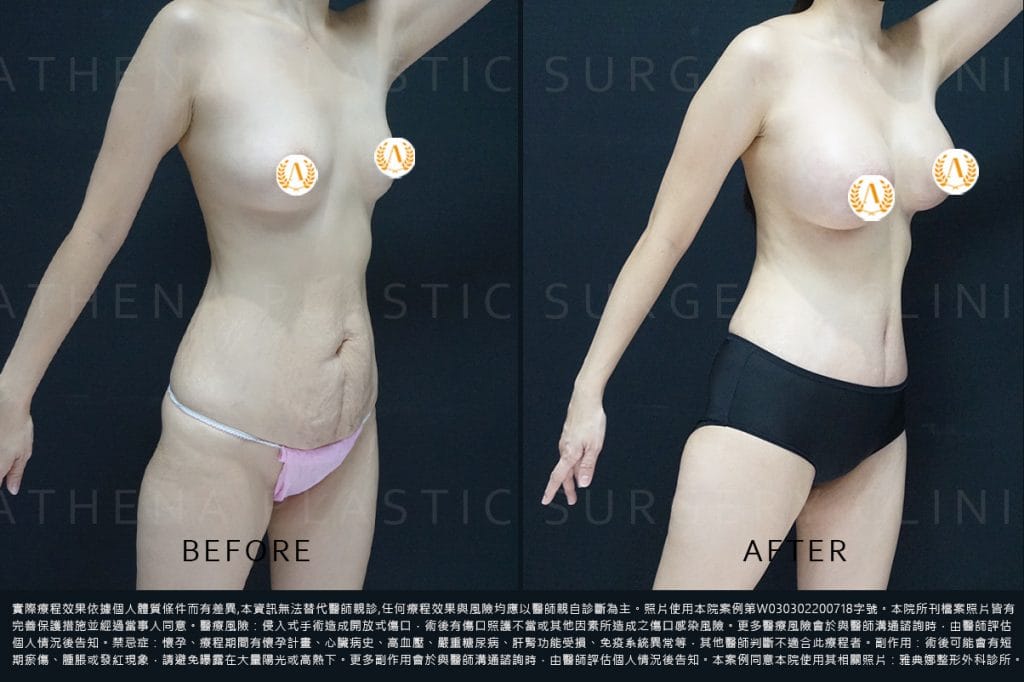
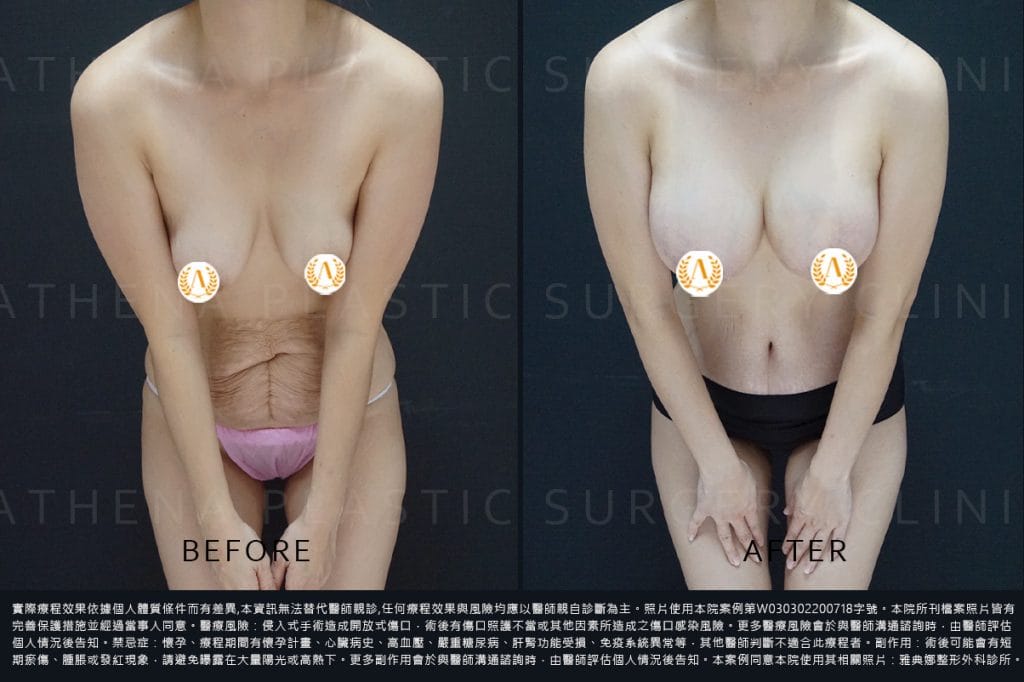
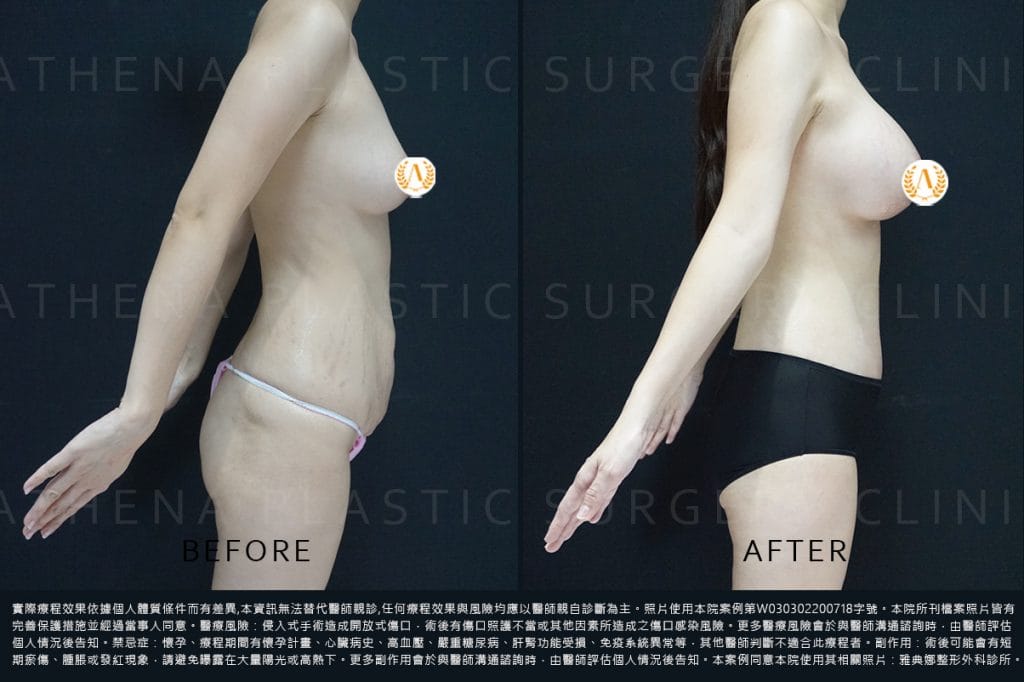
(The archive photos published by our hospital are obtained with the consent of the parties concerned and are real cases of our hospital. They are used as auxiliary pictures for treatment instructions or health education materials.)

